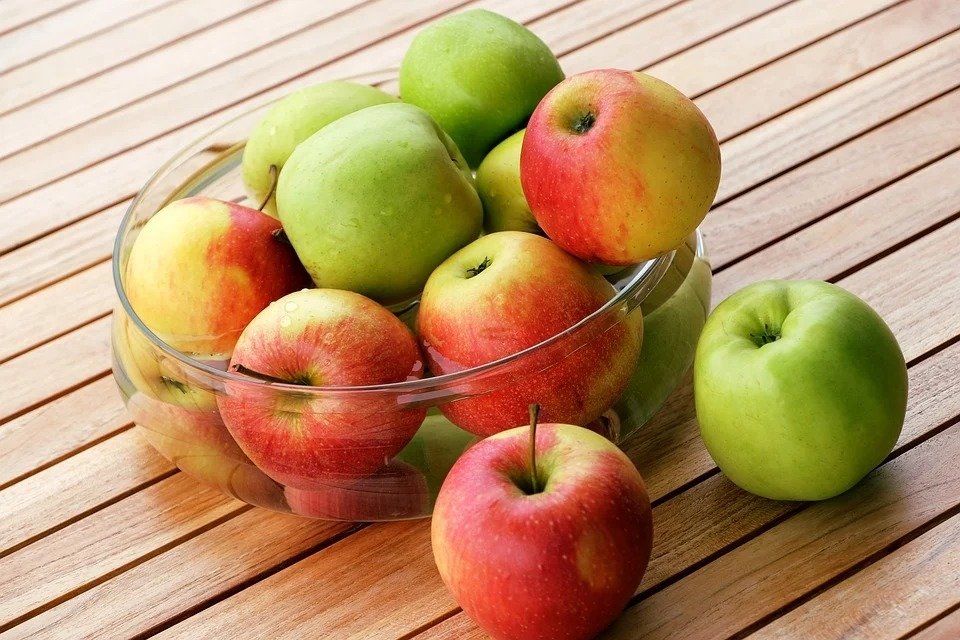Product image editing
Product images can convey values like brand, lifestyle, and attitude in the blink of an eye, but can also convey important details to your customers, such as features and qualities. product quantity. After the shoot, the only thing left to do is to edit the image of the product as equally important.
1. Clear background
For product capture for sales website. Separating an image from a background is one of Photoshop's basic skills, set to explore a host of other editing options.
Erasing the background of an image keeps focus on the product by removing any unwanted or distracting aspects.
It's an especially useful solution to provide consistency or you just prefer a minimal look.
The video below shows you how to remove background in photosho.
2. Gradients
Gradients are a great way to add drama to a product image.
A radial gradient emanating from the product mimics a lighting effect similar to a spotlight on a stage, but without any lighting fixtures.
This product image editing technique focuses the eye on details that are important to the viewer.
Types of applying this technique include banners or sliders, you can also use gradients for text, but it's best to do this in CSS for responsive design rather than in Photoshop.
All that you are looking for is available: product photography
3. Duotone color
Duotone color is a copy of an image (originally an analog printing technique) that enhances neutral tones.
Despite its retro origins, the duotone effect is a defining trend in web design today.
You may have seen this effect used on popular platforms, like Spotify, where it was brought back to the modern day with vibrant and complementary colors.
This is a technically astonishingly effective at applying filters to images. Make it a simple way to provide a consistent sense of branding.
Note that it is not recommended for product photography because of the significant color variation.
4. Blur
Beautiful bokeh allows you (literally) to keep the focus on the content that matters. Whether it's a textual design needs a little visual attention, or an aura around products that put them in crystal clear focus.
If used effectively, the opacity provides a bit of drama and blends in with your design.
5. Create a shadow for the product
According to product image editing experts, shadows create a real and natural look to the viewer.
Even though we are looking at a flat image on a monitor, adding a shadow below the subject imparts a three-dimensional feel to the image.
6. Reflection
Like shadows, reflections are another way to add a material feel to products.
This works well with naturally luminescent objects, such as jewelry, glass, sunglasses, or technology.
The elegant shape of a reflection creates a mirrored effect, to draw attention to the element of the product you want the customer to focus on.
While client products may be captured on a mirrored surface, it is not difficult to create a reflection in Photoshop.
Conclude
Thanks to today's product image editing tools, making it even better is easy.
Post-product post-processing gives you a unique place to incorporate these services in-house to create stunning, solid images that showcase your client's products in best light and increase sales.




